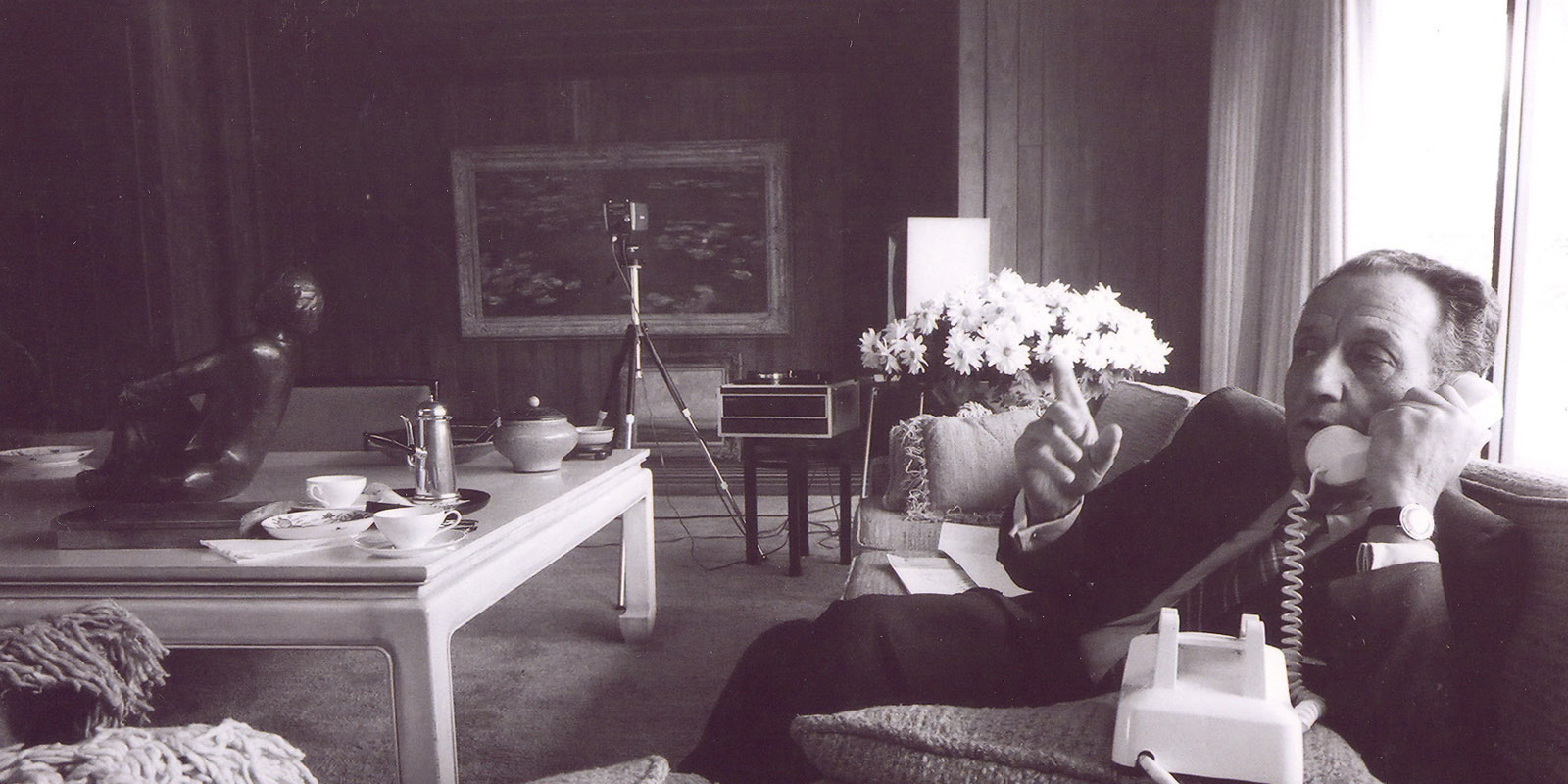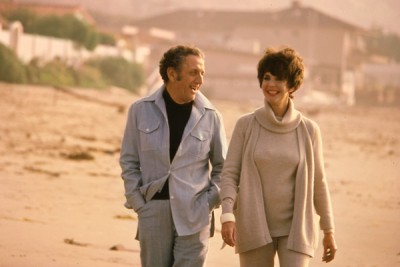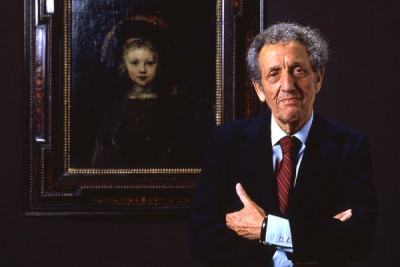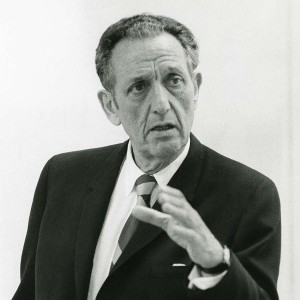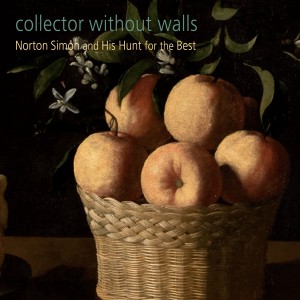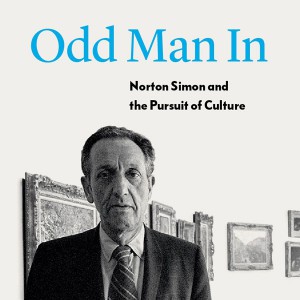Norton Winfred Simon was born on February 5, 1907 in Portland, Oregon, and graduated from high school in San Francisco at the age of 16. Early on, Simon showed a strong proclivity for business and, in 1925, he moved to Los Angeles where he established a sheet metal distribution company. Simon was a passionate businessman, with enthusiasm and a talent for negotiation. In 1929, at the start of the Great Depression, he invested $7,000 in a floundering juice bottling company. He eventually turned his investment into the highly prosperous Hunt Foods, Inc. Through strategy, mergers, and acquisitions, he built Norton Simon Inc., a multi-industry, multinational corporation that included Hunt-Wesson Foods, McCall’s Publishing, Saturday Review of Literature, Canada Dry Corporation, Max Factor cosmetics, and Avis Car Rental.
Norton Simon’s accomplishments as an art collector equaled his extraordinary achievements in business. Over a period of about 30 years, he amassed what is widely regarded as one of the world's greatest private art collections. His interest in art began in the 1950s with the works of Degas, Renoir, Gauguin and Cézanne. In the 1960s he shaped a major art collection of Old Masters, Impressionists and Modern works which expanded in the 1970s to include Indian and Southeast Asian art.
During this time, Simon became an influential force within the Southern California art community. As a trustee of the Los Angeles County Museum of History, Science and Art, he encouraged the separation of the art and science activities, and was a catalyst in the formation of the Los Angeles County Museum of Art.
By the mid-1960s, Simon’s two foundations—The Norton Simon Foundation and the Norton Simon Art Foundation—were actively acquiring and displaying his art collections. The Norton Simon Foundation’s first major purchase, in 1964, was the remaining inventory of Duveen Brothers in New York, a collection of Flemish tapestries, Italian marbles, and Old Master paintings. The Foundation lent most of its artworks in 1965 to the newly built Los Angeles County Museum of Art. Eventually, as his holdings exceeded the capacity of that Museum to exhibit them, Simon developed his own "museum without walls" concept, lending his art collections to museums throughout the world. He retired from corporate life in 1969 to pursue his interests in politics, art, higher education, and medical research.
Involved in educational, cultural and philanthropic activities, Norton Simon served on the University of California Board of Regents, the Carnegie Commission on the Future of Higher Education, the boards of Reed College, the Los Angeles Music Center, the California School of Professional Psychology, and the Institute for Advanced Study. In 1970, Simon briefly entered the political arena during the California Republican Primary with an unsuccessful bid for the United States Senate.
Norton Simon’s marriage to actress Jennifer Jones in 1971 marked a turning point in the shaping of his collections. With the exception of a few Greek and Egyptian objects, his acquisitions until then were decidedly European. That summer, during the couple’s honeymoon trip to India, Simon began to explore Indian art. This led to the purchase of a Mughal ivory chess set and, more importantly, to an admiration for South Asian art, which occupied a large part of his collecting interest for the remainder of his life.
I am not essentially a religious person, but my feeling about a museum is that it can serve as a substitute for a house of worship. It is a place to respect man's creativity and to sense a continuity with the past. It is a place to give us a feeling of the dignity of man and to help us to strive towards our own creativity and fulfillment. - Norton Simon, 1974
By early 1974, Simon had begun to seek a permanent home for his large collection. He welcomed an overture from the financially strapped Pasadena Museum of Modern Art, and ultimately assumed its leadership. Over the next year, as loan commitments to other museums ended, his artworks traveled to Pasadena. Norton Simon's vast “museum without walls” began to assemble within walls for the first time. When he was stricken in 1984 with the neurological disorder Guillain-Barré Syndrome, Mr. Simon refused to be defeated by the paralyzing illness and continued to oversee the Norton Simon Museum until his death in 1993.
